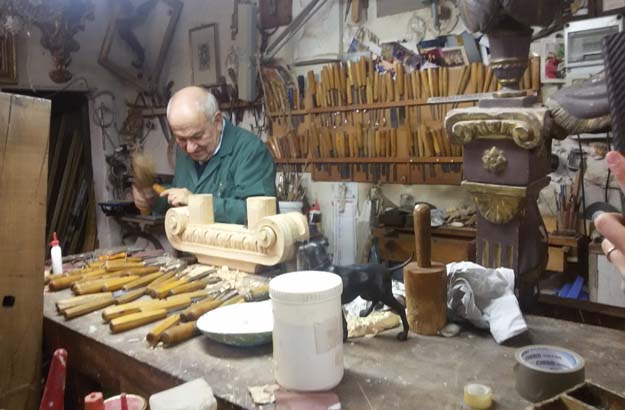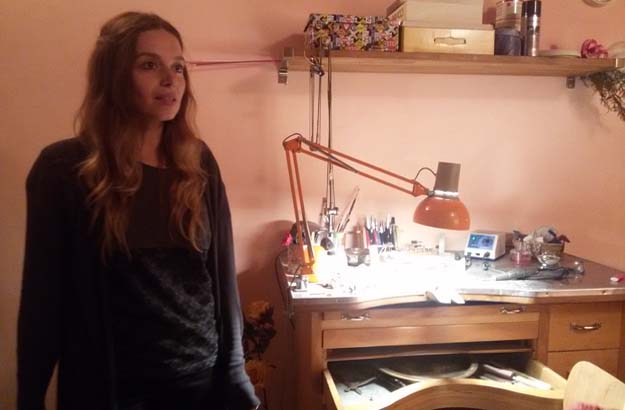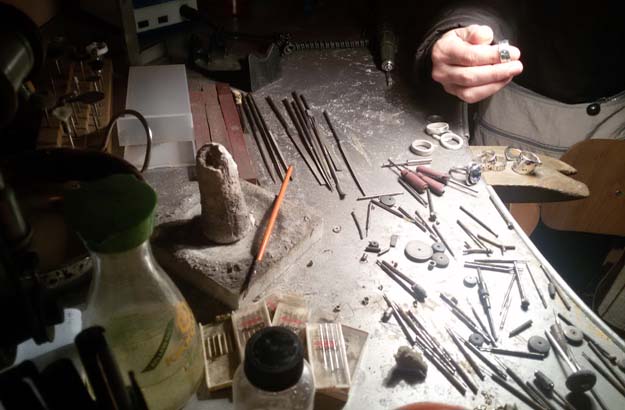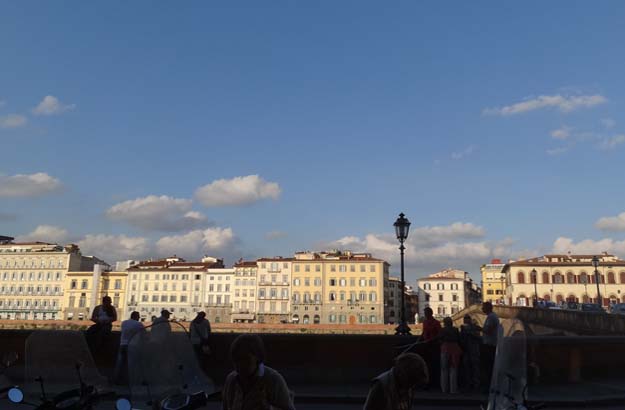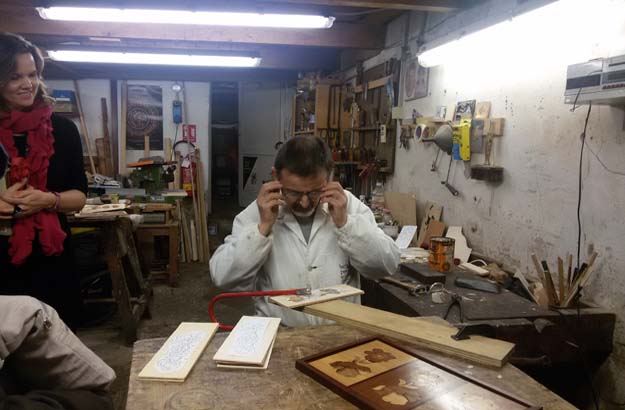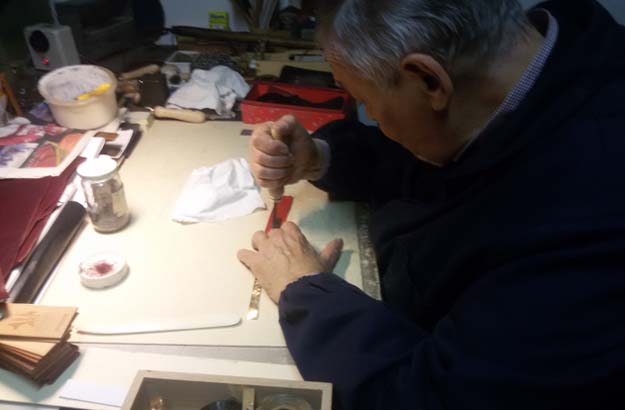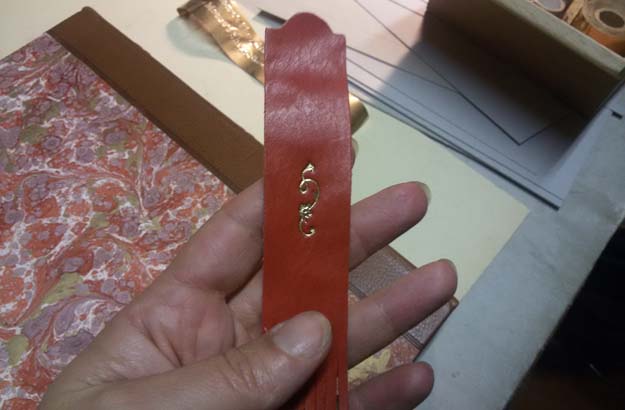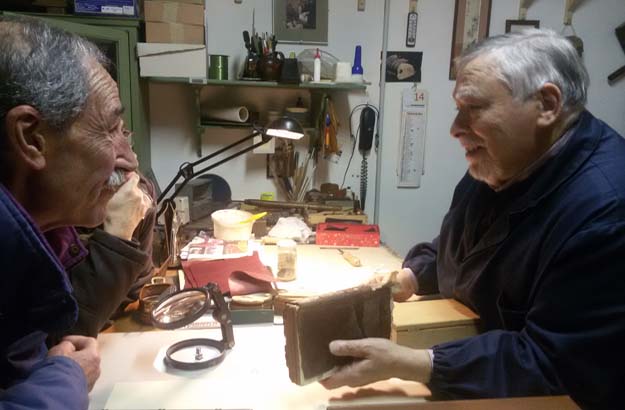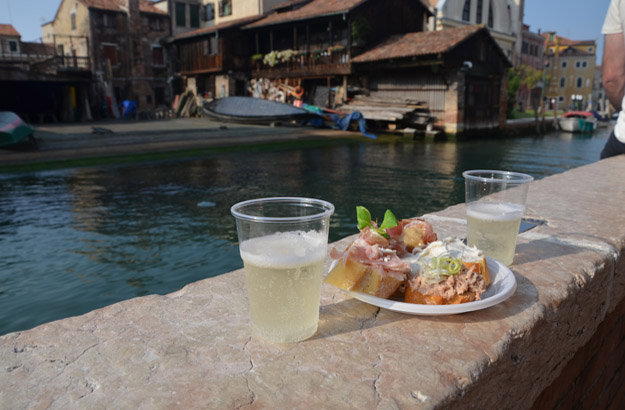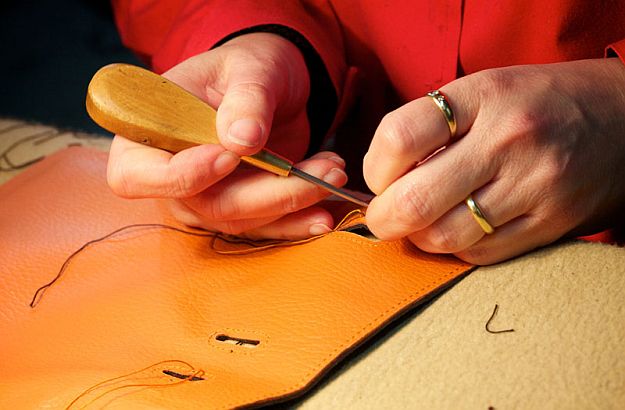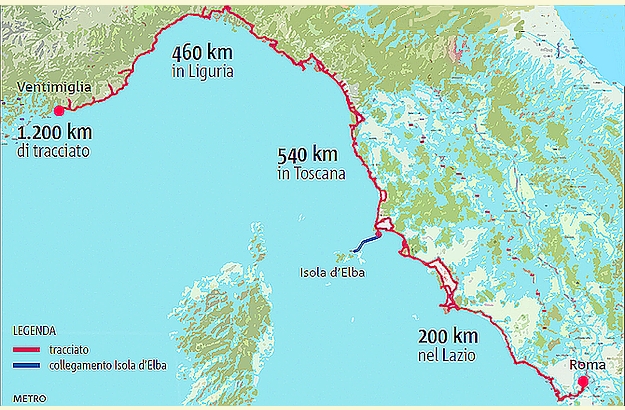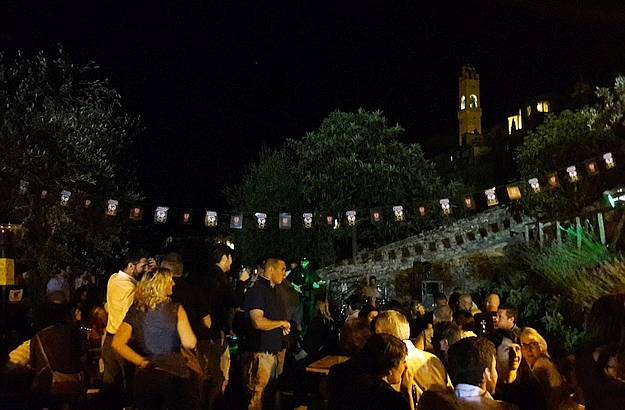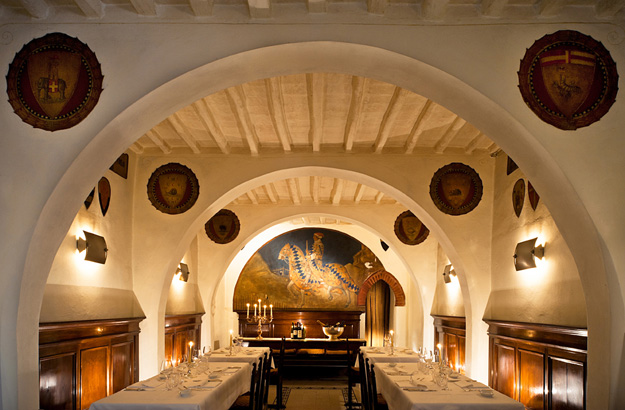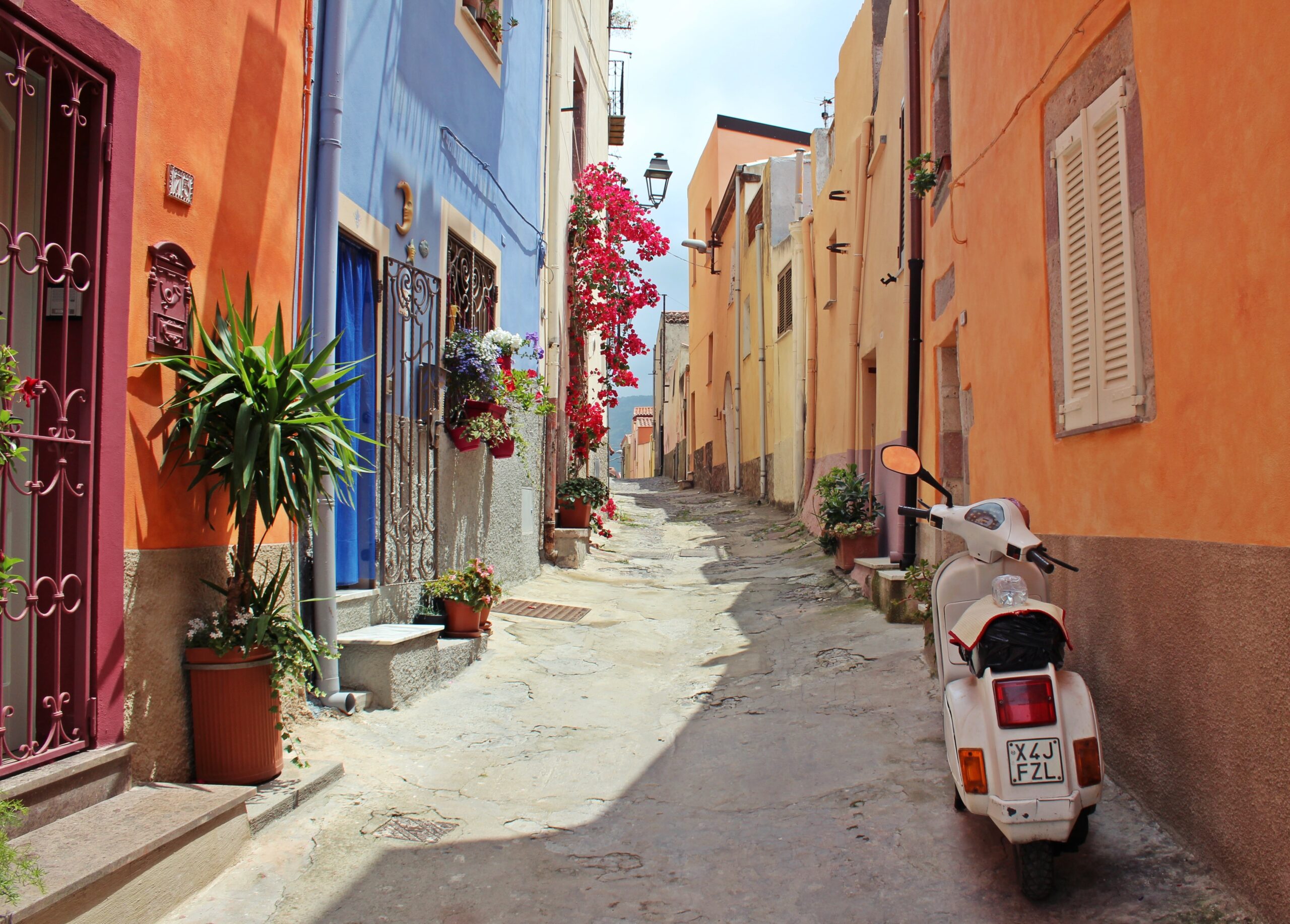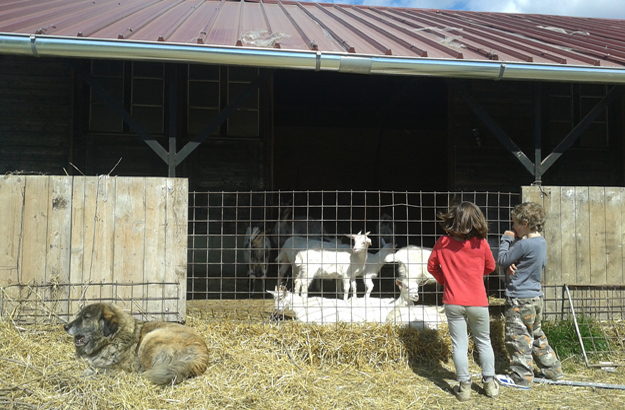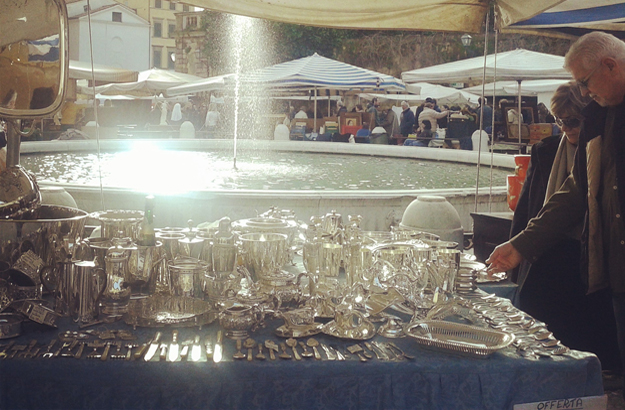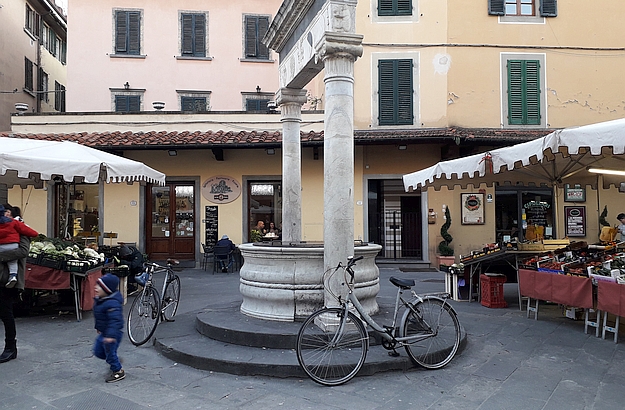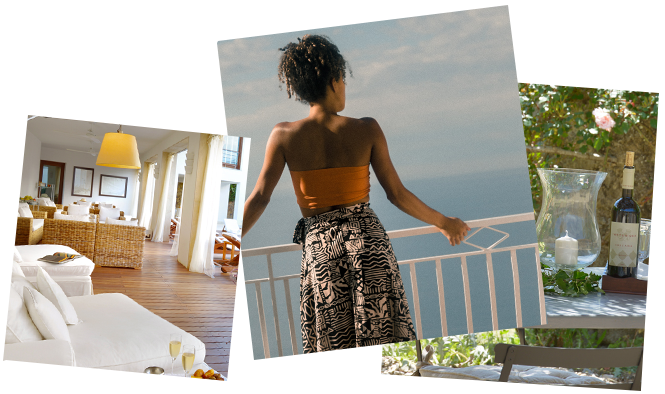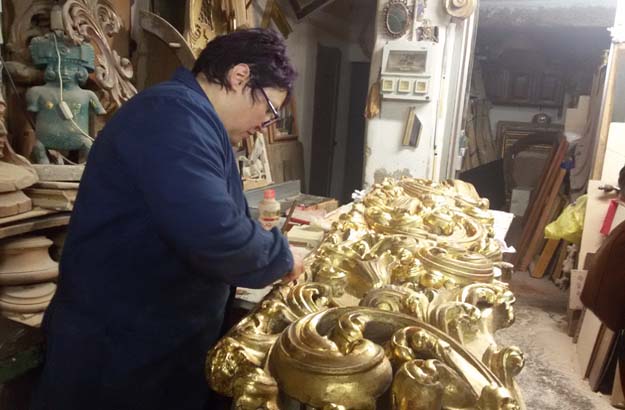
Florence’s Artisan Quarter
Like the Seine in Paris, the Thames in London and the Styx in the Underworld, an old dignified river flows across the city of Florence, dividing it, inevitably, into two river banks. Its name: the Arno.
Florence’s main tourist attractions and historic sites – the Palazzo Vecchio, the Uffizi Gallery and Michelangelo’s David, for example, – are located on the right bank of the Arno. But its left bank, called the Oltrarno (the “other side of the Arno”), and often overlooked by hurried tourists, is definitely worth an extended tour of inspection.
Aside from the fact that it, too, can boast several beauty spots like the Palazzo Pitti and the Boboli Gardens, the Oltrarno is also home to Florence’s time-honoured artisan culture. In the old and charming maze of streets between the Ponte Vecchio bridge and the Santo Spirito Basilica, hundreds of artisan shops perpetuate skills, methods and traditions which date back to the Renaissance – and to which we owe many of the masterpieces we can admire today in Italy’s innumerable museums.
While some of the local craftspeople have had to modernize their techniques to meet contemporary needs and standards – dried ladybugs and ground lapis lazuli, for instance, are seldom used nowadays as dying pigments, – many artisans still resort to tools and skills which have been passed down from generation to generation since the Renaissance!
Wandering around this neighbourhood, you will definitely travel back in time and get a peek into another era. You will come across all kinds of traditional botteghe (the Italian word for “workshop”): bookbinders, papermakers, sculptors, violin makers, gilders, woodcarvers, silversmiths. The quarter also bristles with nice cafés, trattorias and street markets.
Personally, I like to let myself drift about in the Oltrarno, and be pleasantly surprised by new discoveries. One of my “points of reference” in this labyrinthine area: the Fontana dello Sprone (also known as the Fontana del Buontalenti), the most beautiful fountain of the district, located within a stone’s throw of the Santa Trinita bridge.
Finally, I strongly recommend, if you’re new to Florence, to indulge yourself with a guided tour that will take you to selected artisan shops in the Oltrarno district – the perfect way to meet the artisans and see them at work. And your kids, if you have any, will love it!
Alternatively, you might want to book a Florence art or gourmet tour including a visit to one of the local workshops. Prices start from 240€ for a private custom-made three-hour tour. Please do not hesitate to send Katja an email at katja@trustandtravel.com for more information.
A presto!

